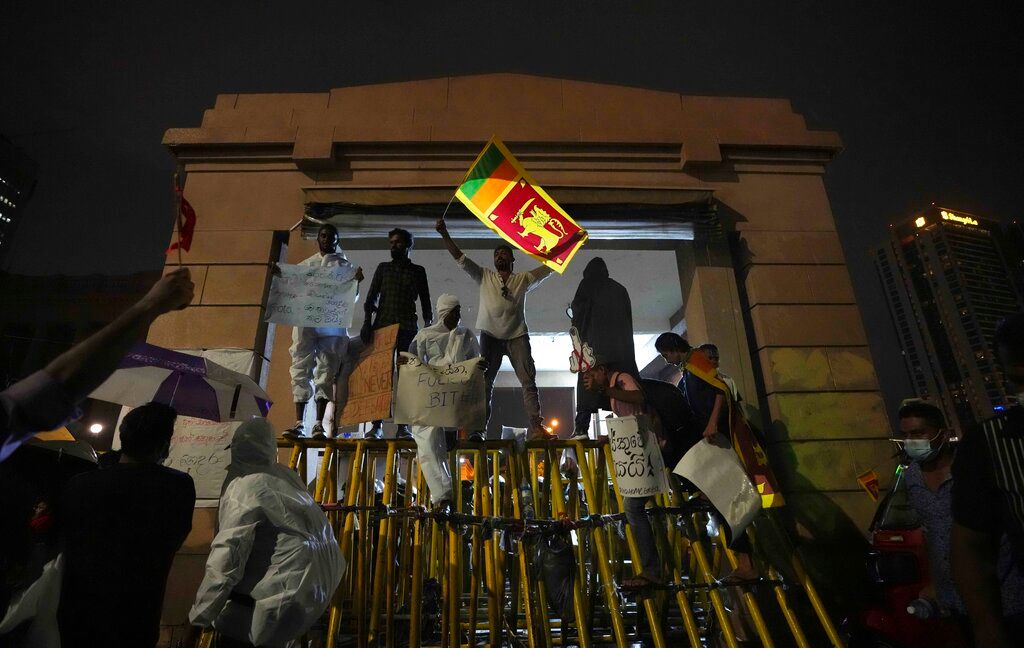In a first, Sri Lanka fell into default as the government struggled to halt an economic meltdown that prompted mass protests and a political crisis.
During a briefing on Thursday, central bank Governor Nandalal Weerasinghe said that policy makers had flagged to creditors that the nation wouldn’t be able to make payments until the debt is restructured, and is therefore in pre-emptive default. Fitch Ratings also confirmed the finding, downgrading Sri Lanka to “restricted default” later in the day.
Also read: Sri Lanka central bank keeps key rates unchanged amid debt crisis
The coupon payments, which were originally due April 18, worth $78 million combined on notes maturing 2023 and 2028, with a 30-day grace period that expired on Wednesday.
Sri Lanka has been mired in turmoil amid surging inflation, a plummeting currency and an economic crisis that has left the country short of the hard currency it needs to import food and fuel.
Also read: Amid steep economic crisis, can the Sri Lankan government make payroll?
Public anger has boiled over into violent protests and led the government to announce last month it would halt payments on its $12.6 billion pile of foreign debt to preserve cash for essential goods.
That marks the nation’s first sovereign debt default since it gained independence from Britain in 1948. Its bonds are among the worst performers in the world this year and trade deep in distressed territory, with holders bracing for losses approaching 60 cents on the dollar.
Many of Sri Lanka’s bonds have so-called cross-default clauses, which drag all the outstanding dollar debt into default if there’s a missed payment in a single bond.
Also read: No petrol, 15 hr power cuts, reduced revenue: Sri Lanka PM on economic woes
On the debt due in 2023 and 2028, the clause is triggered if any payment that exceeds $25 million is not met. The country was already declared in selective default by S&P Global Ratings in late April.
Meanwhile, Sri Lanka is in talks with the International Monetary Fund (IMF) for a bailout and needs to negotiate a debt restructuring with creditors. Previously, the country has said it needs between $3 billion and $4 billion this year to pull itself out of the crisis.
Also read: In first visit to Nepal after 2020 border row, PM Modi visits Buddha’s birthplace
Sri Lanka’s bonds were mixed on Thursday but higher than their record lows reached last week, suggesting traders expect better recovery values.
Dollar bonds due in 2030 were indicated 0.28 cents lower at 38.39 cents on the dollar and notes due in July were 0.22 cents higher at 42.78 cents, according to data compiled by Bloomberg. The Colombo All-Share Index slumped more than 3% amid a global equity selloff.







